CrossFit has redefined what it means to be fit—blending elements of weightlifting, cardio, gymnastics, and functional training into intense, constantly varied workouts. At the heart of this training system lies the WOD—Workout of the Day. But not all WODs are built the same. If you’re new to CrossFit or just want a clearer understanding of its structure, knowing the types of CrossFit workouts can help you train smarter and progress faster.
1. Benchmark WODs: The Named Classics
These are the iconic CrossFit workouts known by names like “Fran,” “Murph,” “Grace,” and “Cindy.” Created to test and track your fitness over time, they often focus on intensity and volume. You’ll frequently see them repeated across gyms to measure progress.
Example:
Fran: 21-15-9 reps of thrusters and pull-ups, done for time.
These workouts hurt—but they’re also deeply satisfying.
2. AMRAPs (As Many Rounds/Reps As Possible)
AMRAP WODs challenge you to complete as many rounds or reps of a specific circuit within a set timeframe (often 10 to 20 minutes). They test your pacing, muscular endurance, and mental grit.
Example:
15-minute AMRAP: 5 pull-ups, 10 push-ups, 15 air squats.
These are great for improving work capacity and tracking how long you can push without letting form slip.
3. EMOMs (Every Minute on the Minute)
With EMOM workouts, you perform a set of exercises at the start of every minute and rest for the remainder. It’s a time-efficient format that balances intensity and recovery.
Example:
10-minute EMOM: 10 kettlebell swings + 5 burpees every minute.
These are perfect for dialing in form and keeping workouts structured.
4. Chipper Workouts
A chipper throws a long list of movements at you—often 5 or more—and you “chip away” at them until the workout is done. High-volume and mentally taxing, chipper WODs are popular for building endurance and mental resilience.
Example:
50 double-unders, 40 wall balls, 30 box jumps, 20 deadlifts, 10 handstand push-ups.
It’s all about steady effort and strategic rest.
5. Ladder Workouts
Ladders can go up (adding reps), down (reducing reps), or both. They’re used to increase difficulty gradually or to test how long you can hold your form under fatigue.
Example:
Ascending ladder: 1 clean and jerk in minute one, 2 in minute two, and so on, until failure.
You’ll be surprised how quickly things escalate.
6. Partner and Team WODs
CrossFit is rooted in community. Partner and team WODs build camaraderie while allowing you to share the workload and push each other.
Example:
With a partner: Complete 200 wall balls and 100 pull-ups, alternating as needed.
These workouts are as much about communication and strategy as physical ability.
7. Hero WODs
Named after fallen military and first responders, Hero WODs are longer, tougher workouts meant to honor sacrifice and service. They’re mentally and physically demanding—and often completed on commemorative dates.
Example:
Murph: 1-mile run, 100 pull-ups, 200 push-ups, 300 squats, 1-mile run (with a weighted vest).
You don’t just complete a Hero WOD—you endure it.
My Own Experience
The first time I attempted “Murph,” I underestimated its intensity. Halfway through the push-ups, I had to scale and partition the reps. But I finished—barely. A year later, I returned to the same workout, this time with a vest and better pacing. I finished five minutes faster. That’s the beauty of CrossFit: it’s humbling, but it rewards consistency.
Final Thoughts
CrossFit offers a wide spectrum of workout types—each with its own structure, purpose, and challenge. Whether you're chasing your next PR, looking to improve endurance, or just trying to move better, there’s a WOD type for every goal. Understanding the different types of CrossFit workouts helps you train more intentionally and appreciate the method behind the madness.
Ready to take on your next WOD? Choose your format—and earn your sweat.




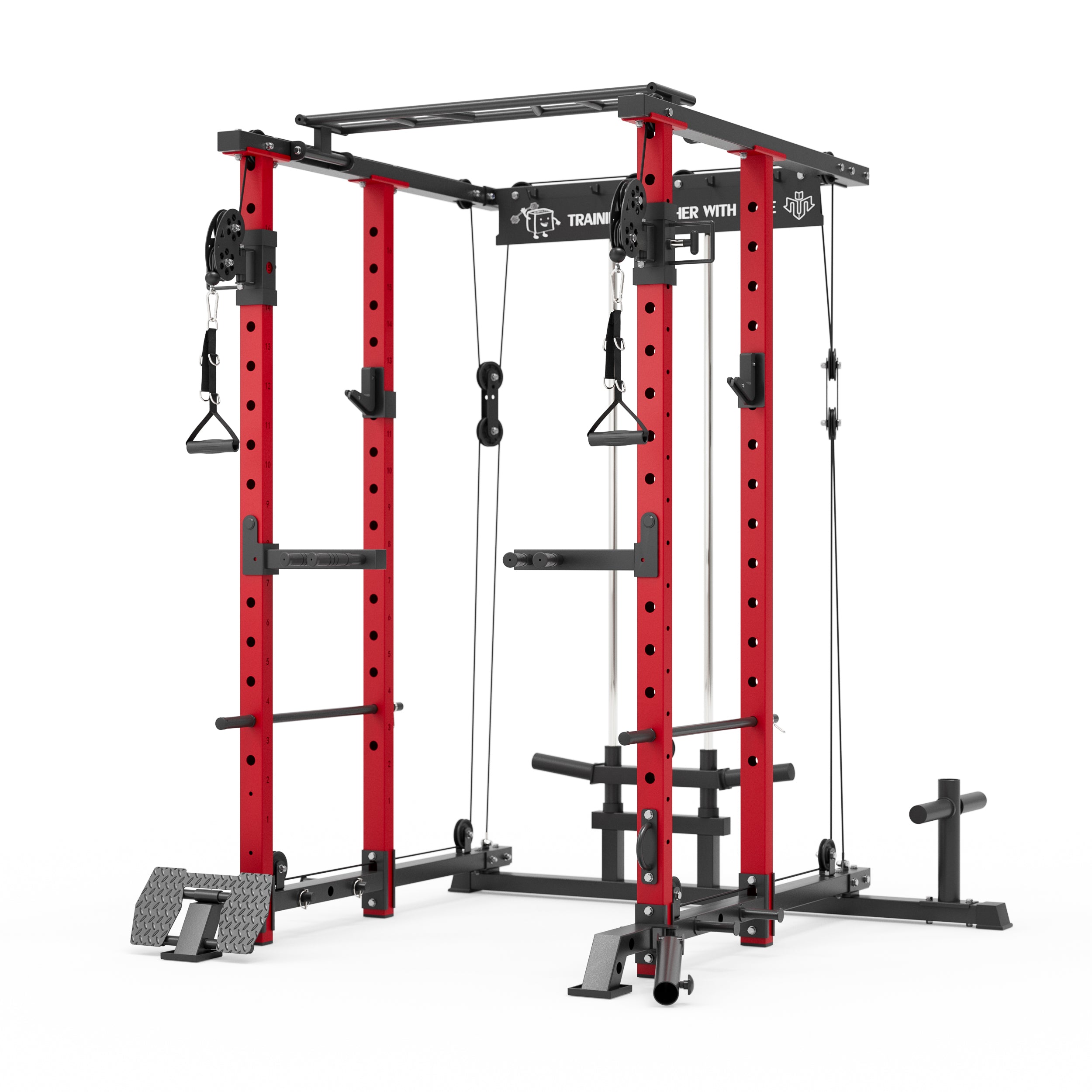


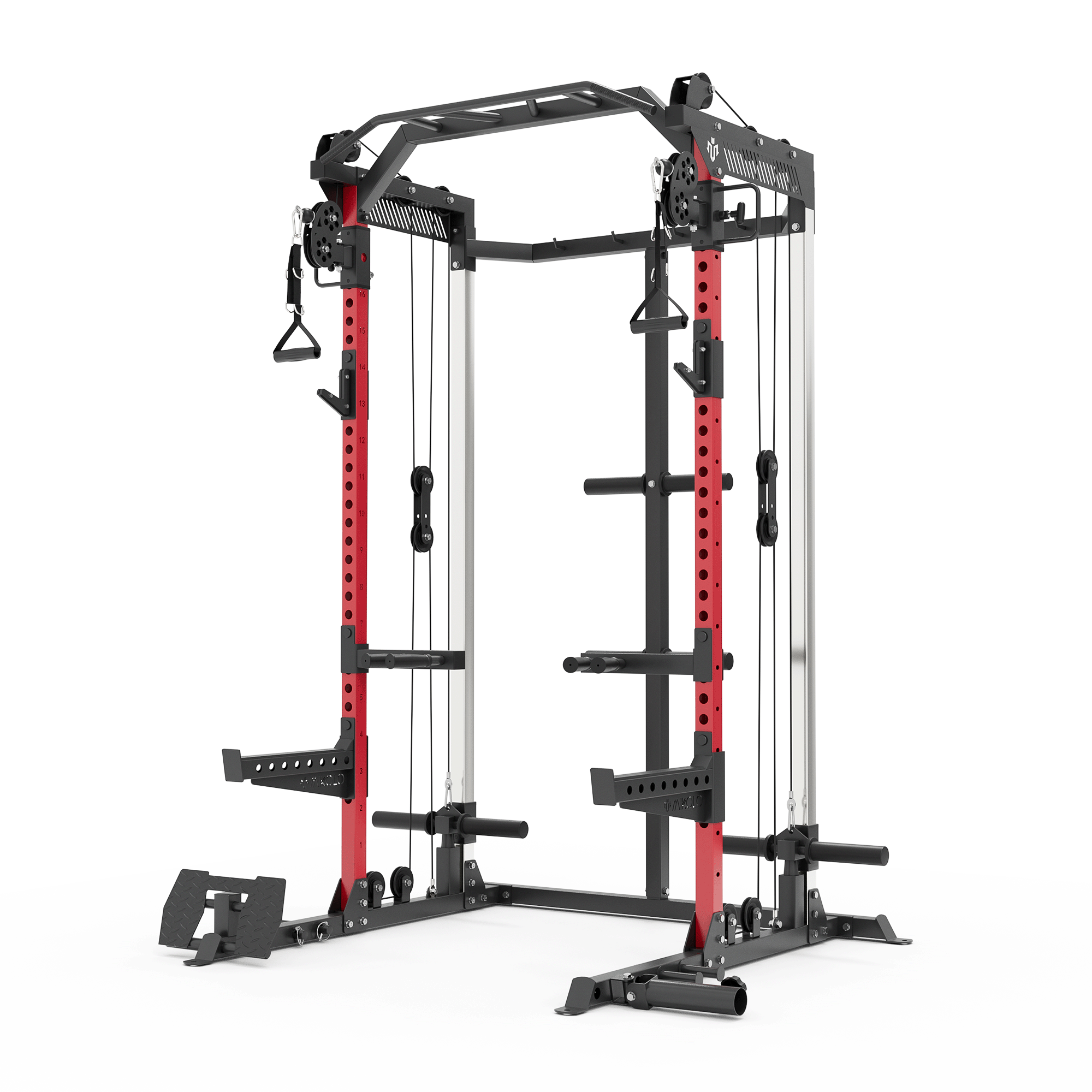



















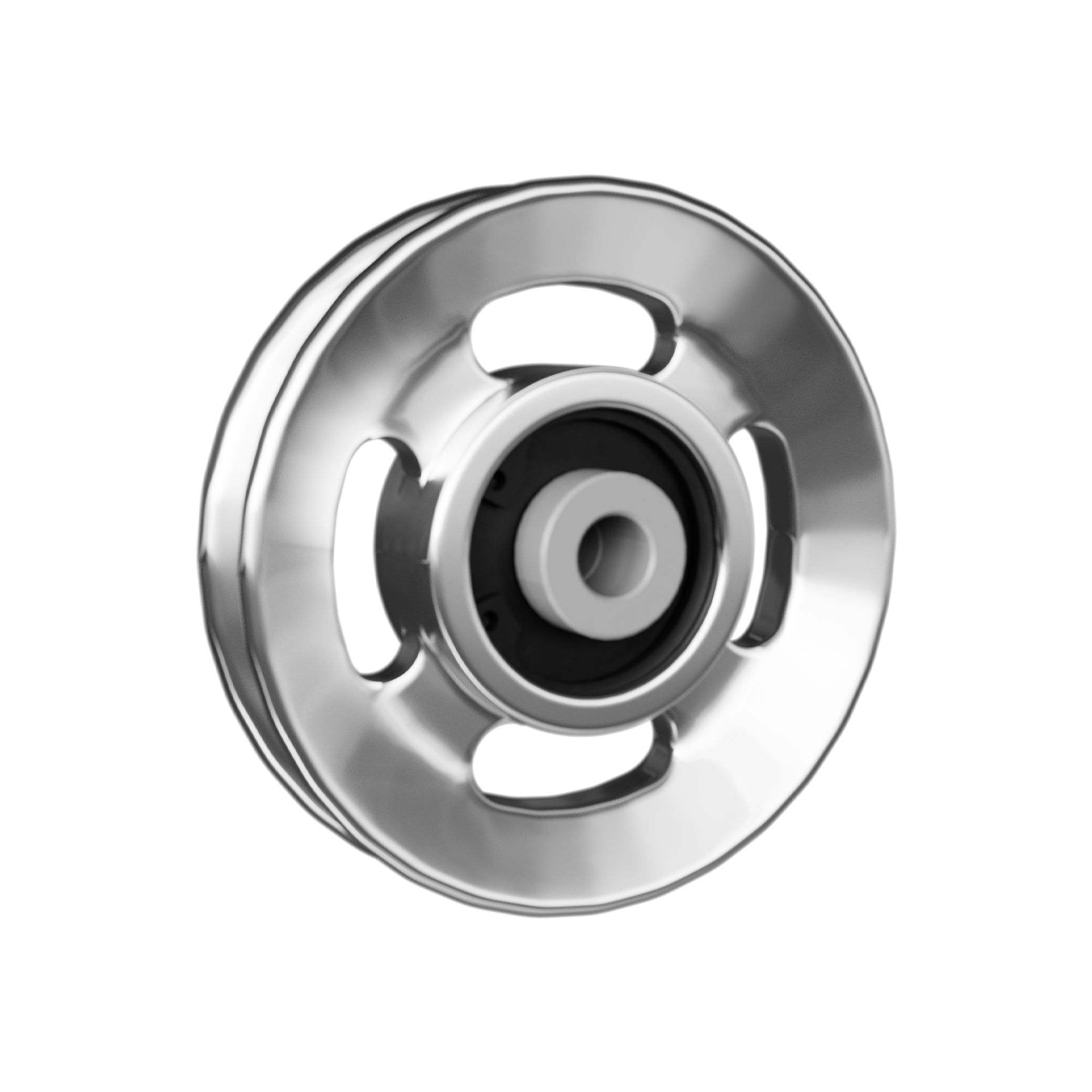



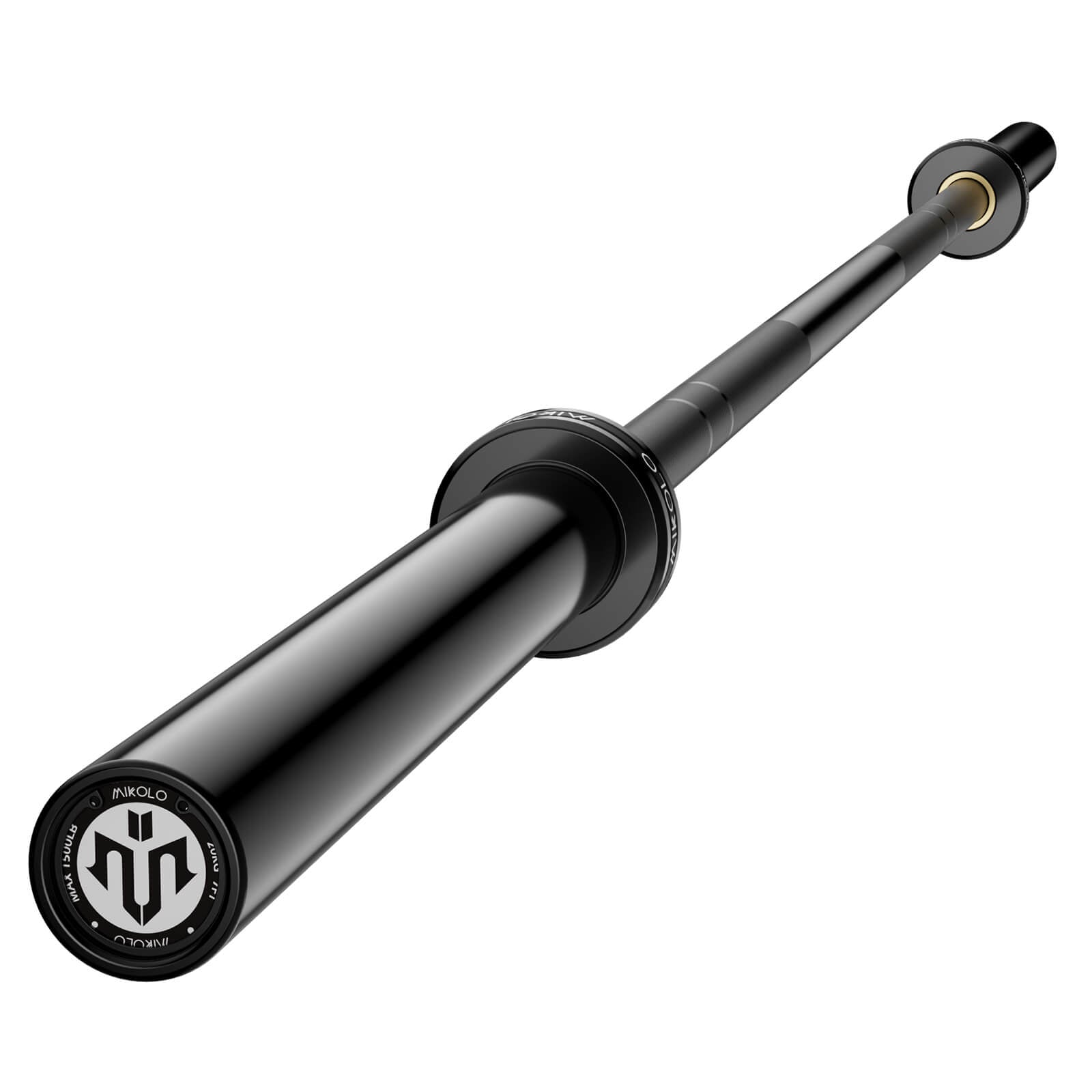









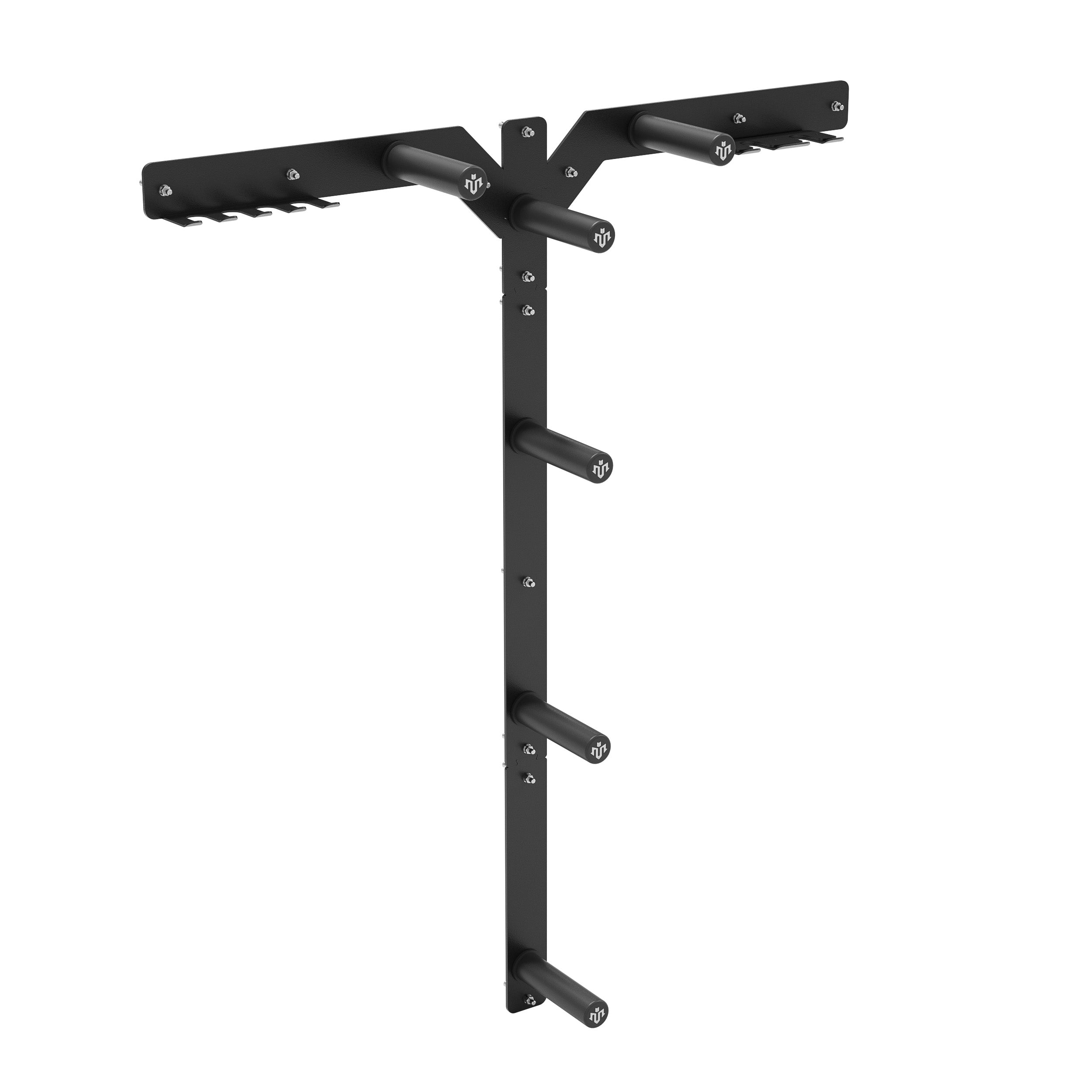





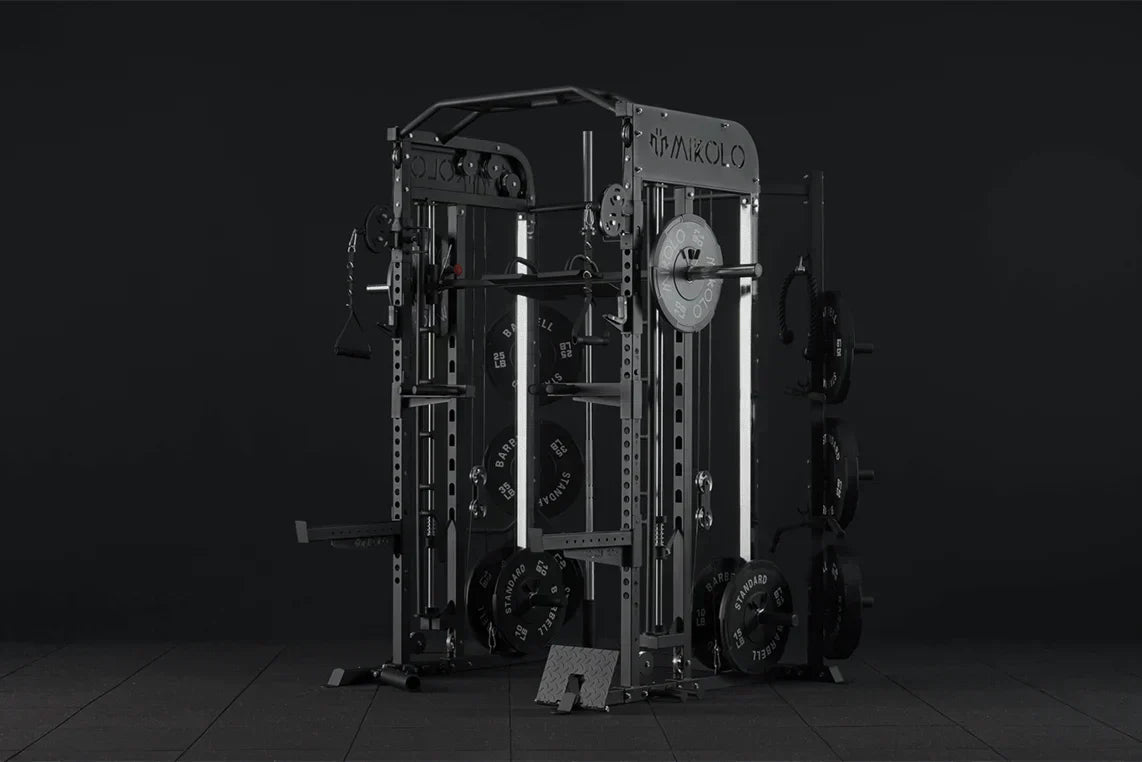
Leave a comment
This site is protected by hCaptcha and the hCaptcha Privacy Policy and Terms of Service apply.